Birding programs at Jilling Terraces
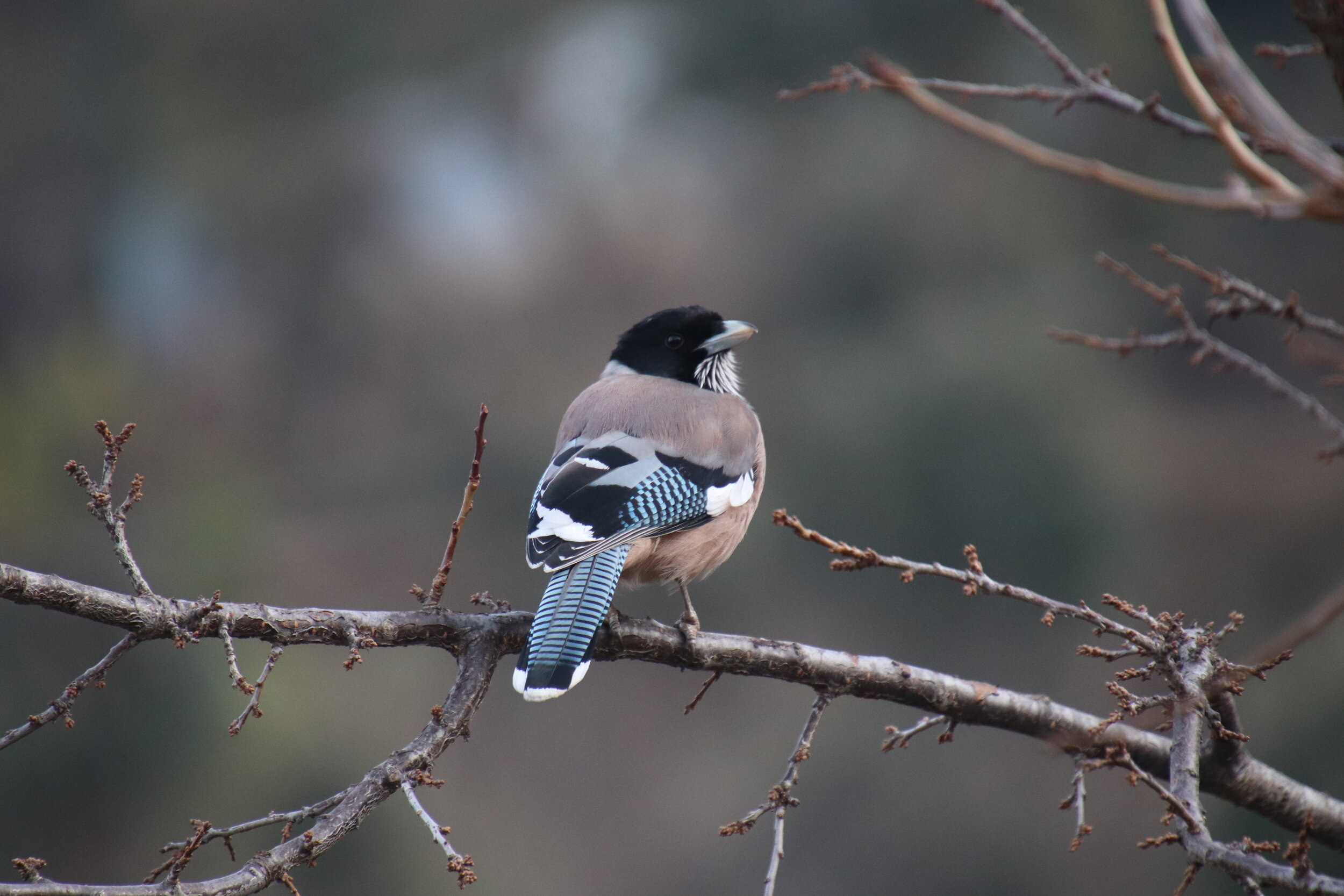
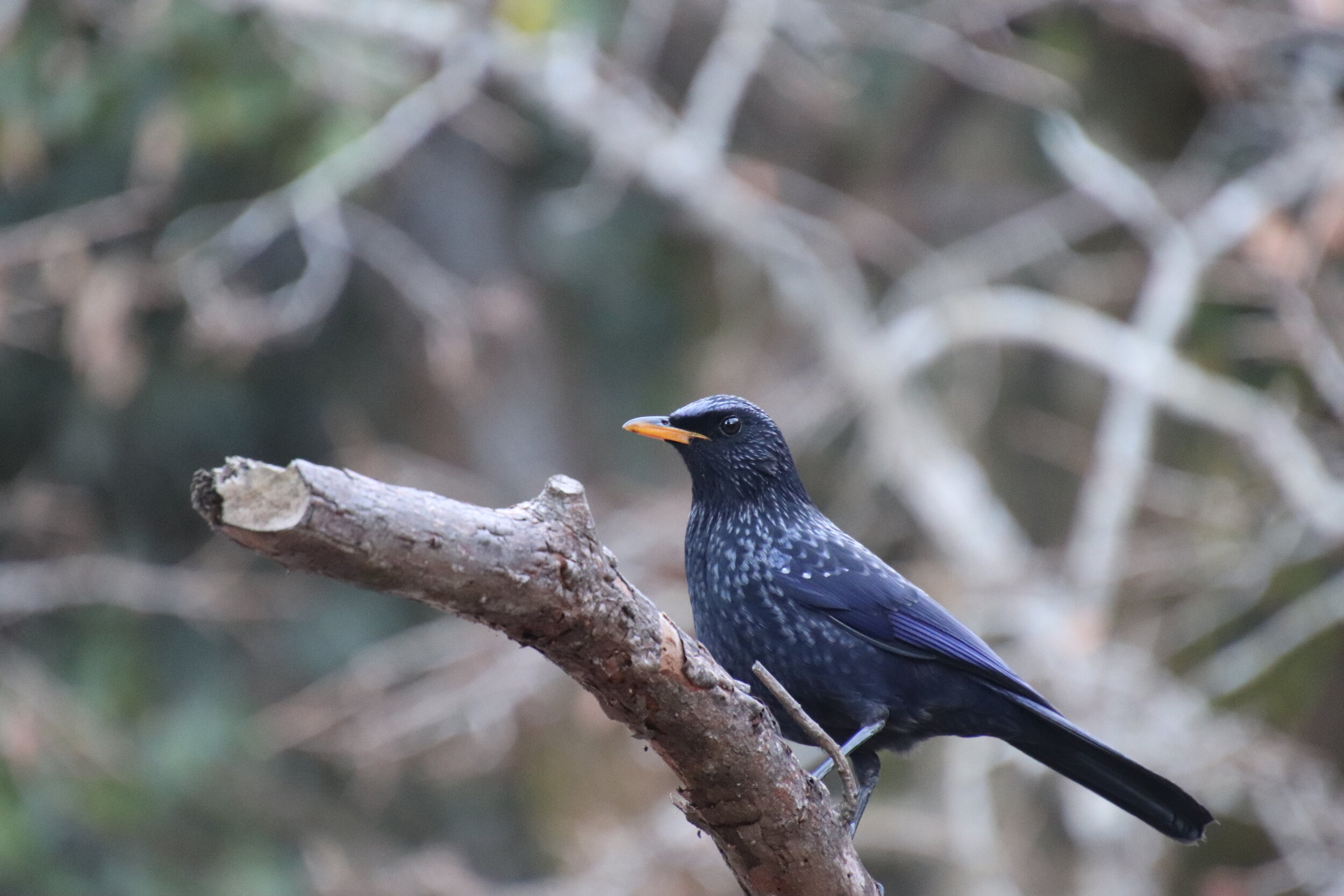

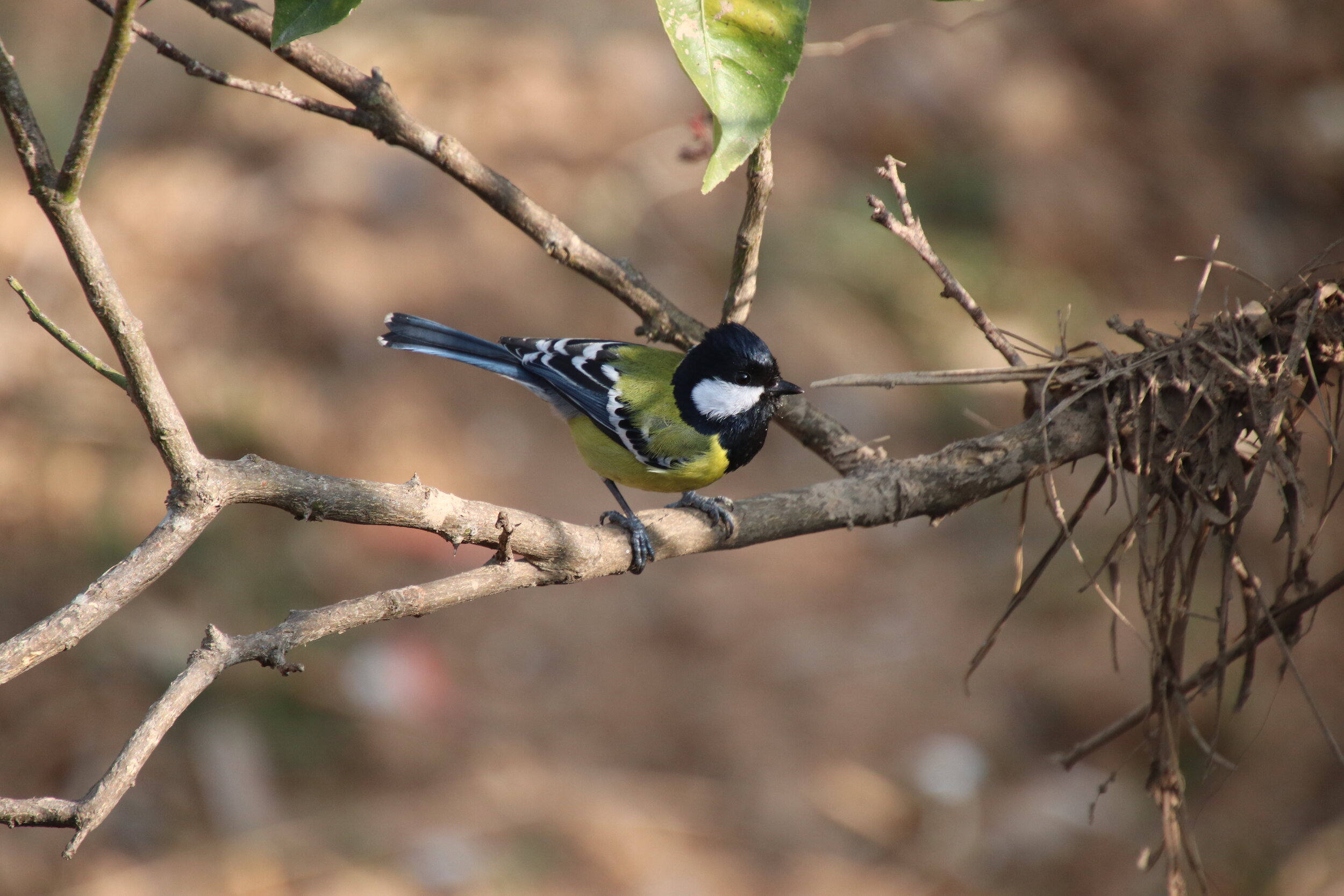
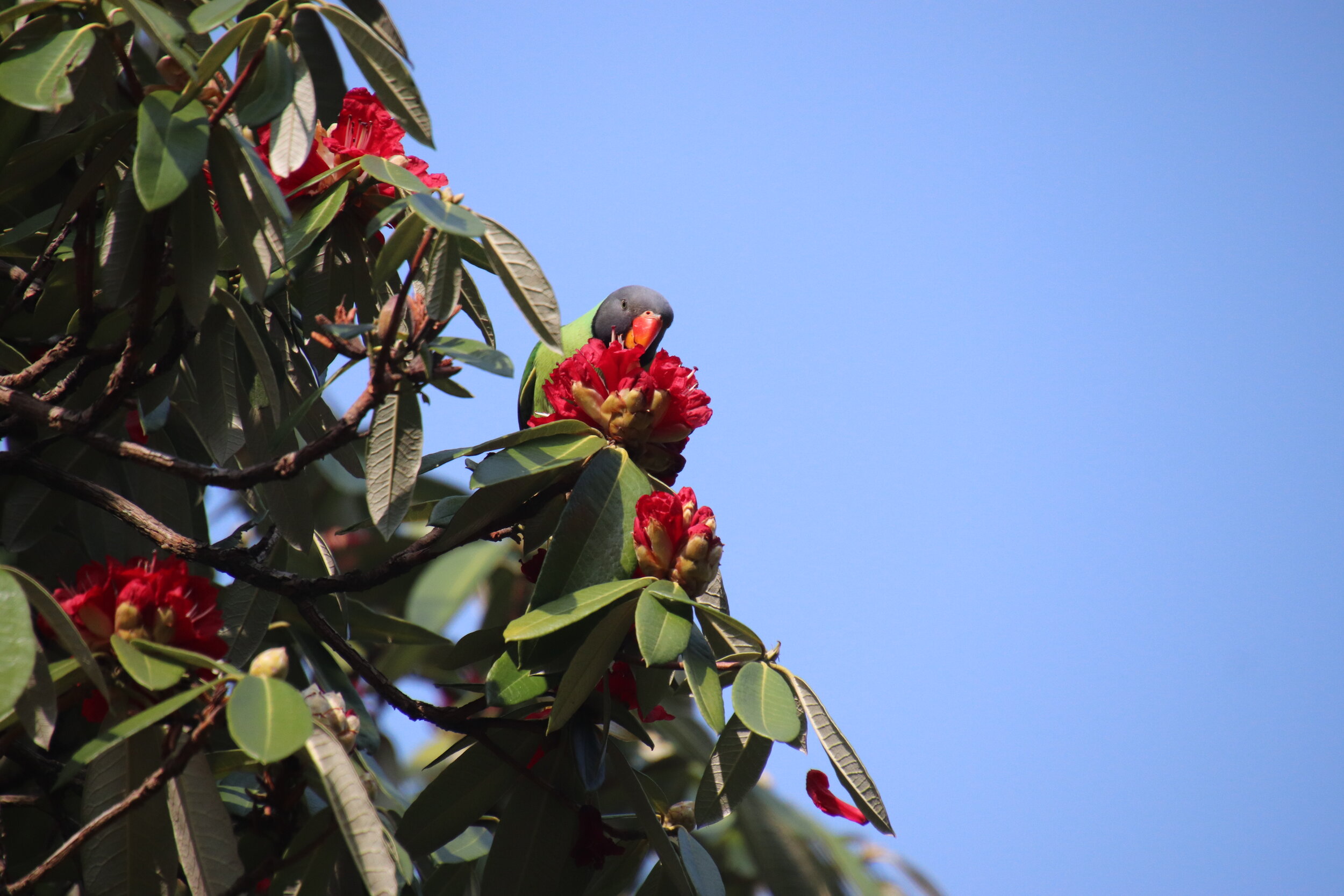
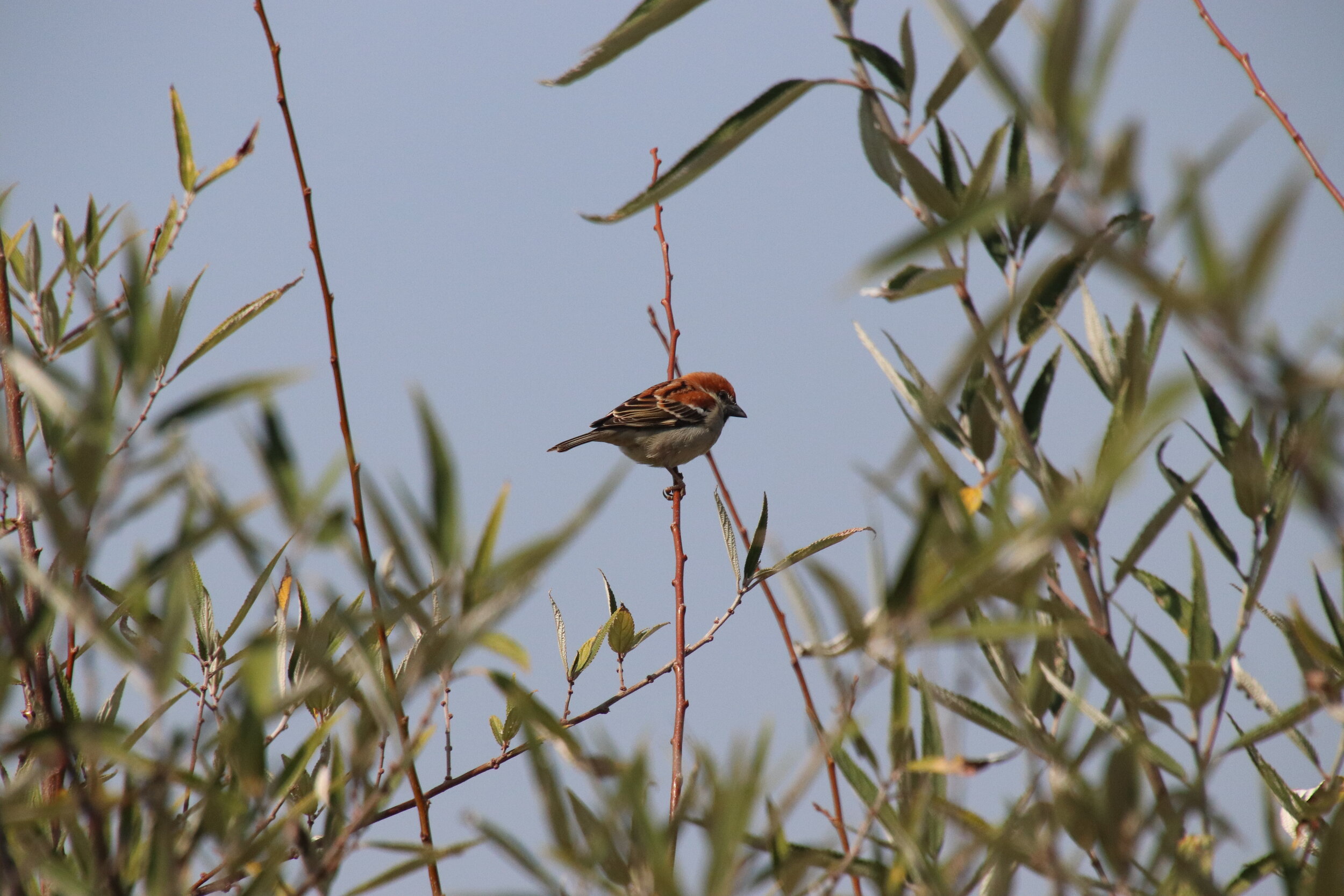
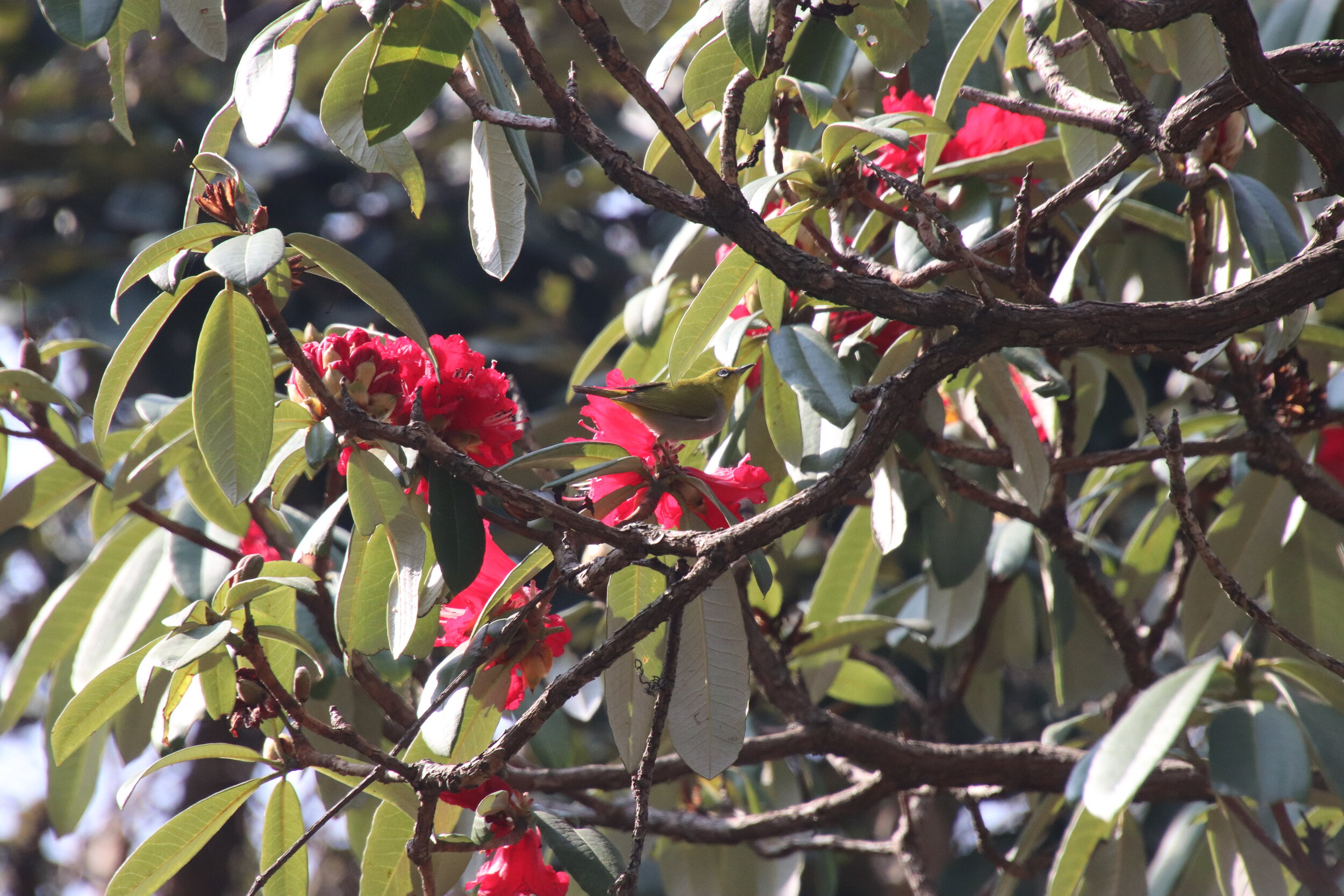

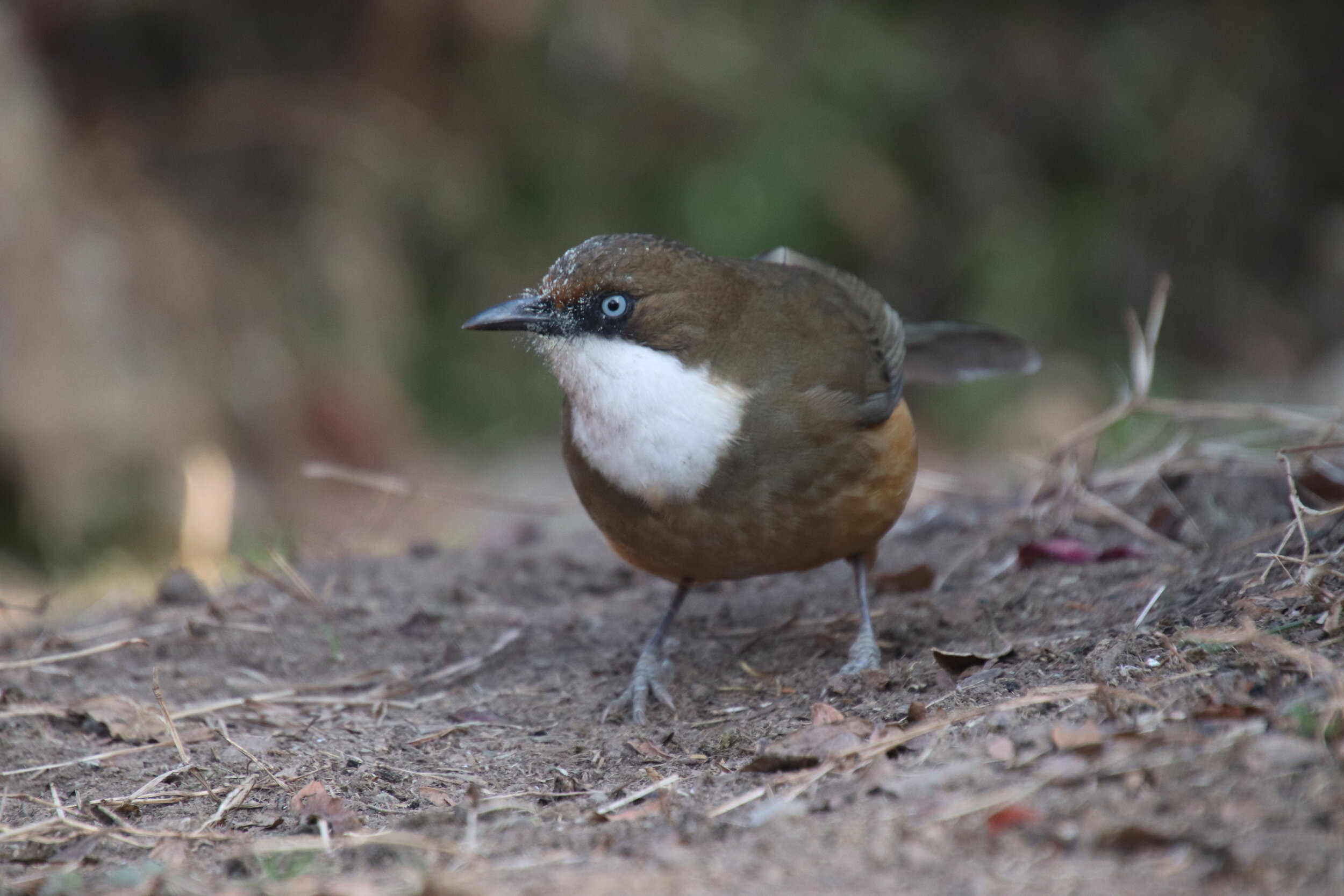

Located at almost 2000metres up in the temperate Himalayas, surrounded by a mix forests of oak, chestnut, pine, rhododendron and other Himalayan flora, the forests of Jilling at kumaon is a true birding haven. The forest type here can be described as the western Himalayan sub-alpine temperate coniferous forests. Within a couple of months of residing here, our in-house naturalist has recorded over 80 Himalayan species of avian fauna out of the 290 odd species that are distributed in and around Jilling in terms of geographic distribution. Over the next few months, we are optimistic to record more species of birds around Jilling and we hope to have you join our birding programs. Our birding programs aim to provide exclusive guided birding trails with our in-house naturalist at Jilling Terraces with the hope to help our birding guests sight some of the amazing Himalayan avian fauna around Jilling.
Program Type 1 : 3nights/ 4day
Day 1 arrival. (3nights/4days)
We will take a slow late afternoon walk till the time of sunset. The walk will lead us through the oak forests around Jilling up to the ridge not far away. While walking through the woodlands, we have good probabilities to sight white-throated laughing thrush, hill partridge, kalij pheasant and streaked laughing thrush to name a few of the many possibilities. On reaching the ridge, the landscape opens up to a valley down below dominated by pine. The ridge gives a good possibility for birds of prey such as steppe eagle and common kestrel apart from the added chance for Himalayan vultures.
Day 2. (3nights/ 4 days)
This morning we will do a short walk in and around Jilling prior to breakfast. Turtle Dove, white-throated laughing thrush, streaked laughing thrush, grey hooded warbler, blue whistling thrush, kalij pheasant, red-billed blue magpie and black-headed jay are some of the many species that are often seen. Post breakfast, we will trek through the mixed coniferous forests to reach Panyali village before heading back for lunch. The forest walk offers a chance to sight different species of woodpeckers, great barbet, chestnut thrush, Eurasian jay, hill partridge and fire-breasted flowerpeckers.
Post lunch, around late afternoon to evening, we will walk a few minutes on the panyali forest trail before heading downhill around the forests surrounding Oak cottage and down to the farmhouse. This biding session in the afternoon, apart from watching the birds sighted previously in the morning, can give some excellent surprises of black throated tit, rusty-cheeked scimitar babbler, blue capped redstart, grey treepie, oriental white eye, white tail nuthatch and brown fronted woodpecker as some of the added possible sightings.
Day 3. (3nights/ 4days)
Today’s long walk will be a pre-breakfast walk. We will walk eastward and up the hill from Jilling Terraces through some nice untouched oak forests with a mix of rhododendron and chestnut trees. There is very less trace of humans here as we set off the path up the hill before arriving on the eastern edge of the ridge. We will walk along the ridge westward with oak forests on one side, while sloping rhododendrons give away to rocky and steep slopes on the other side which finally end with dense wooded pine below. The mix habitat with a fairly long duration of walk adds to the possibility of sighting birds which may not have yet been sighted on the trails. This includes Asian barred owlet, collared owlet, other birds of prey, long tailed minivet, verditer flycatcher, blue capped rock thrush, chestnut-bellied nuthatch, black bulbul, white-browed scimitar babbler, black-lored tit in addition to the ones previously sighted.
On this day in the evening, we will keep it flexible on which birding trail we can choose depending on where there would have been maximum bird sightings in the last couple of days, or even try something different depending on how far the guests are willing to walk.
Day 4. Departure. (3nights/ 4days)
Since this is a final morning, we will take a short walk around Jilling Terraces itself. This small walk can yield some interesting sightings such as kaleej pheasants, rufous throated partridge, hill partridge, blue whistling thrush, white throated laughing thrush, turtle dove and streaked laughing thrush to name a few.
Program Type 2 : 4nights/ 5days
Day 1 arrival. (4nights/ 5 days)
We will take a slow late afternoon walk till the time of sunset. The walk will lead us through the oak forests around Jilling up to the ridge not far away. While walking through the woodlands, we have good probabilities to sight white throated laughing thrush, hill partridge, kalij pheasant and streaked laughing thrush to name a few of the many possibilities. On reaching the ridge, the landscape opens up to a valley down below dominated by pine. The ridge gives a good possibility for birds of prey such as steppe eagle and common kestrel apart from the added chance for Himalayan vultures.
Day 2. (4nights/ 5 days)
This morning we will do a short walk in and around Jilling prior to breakfast. Turtle Dove, white throated laughing thrush, streaked laughing thrush, grey hooded warbler, blue whistling thrush, kalij pheasant, red-billed blue magpie and black headed jay are some of the many species that are often seen. Post breakfast, we will trek through the mixed coniferous forests to reach Panyali village before heading back for lunch. The forest walk offers a chance to sight different species of woodpeckers, great barbet, chestnut thrush, Eurasian jay, hill partridge and fire-breasted flowerpeckers.
Post lunch, around late afternoon to evening, we will walk a few minutes on the panyali forest trail before heading downhill around the forests surrounding Oak cottage and down to the farmhouse. This biding session in the afternoon, apart from watching the birds sighted previously in the morning, can give some excellent surprises of black throated tit, rusty-cheeked scimitar babbler, blue capped redstart, grey treepie, oriental white eye, white tail nuthatch and brown fronted woodpecker as some of the added possible sightings.
Day 3. (4nights/ 5 days)
After an early breakfast this morning this morning, we will walk through the untouched Oak forests before descending down to pine dominated woodlands and finally to the Gola river-let. We will look to sight more birds through the woodlands leading to and fro panyali while trekking from Jilling to Gola river. But more importantly, we will also look for Himalayan stream birds at Gola such as white capped red start, plumbeous water redstart, spotted forktail and crested kingfisher. On our way back we will be walking across fair stretches of open country which could add to the birding list with possible sighting of species including himalayan bulbul, russet sparrow, barn swallow and green back tit before coming to the edge of the forests where we have often sighted species such as slaty-headed parakeet, straited laughing thrush and rufous-bellied woodpecker.
In the evening, we will repeat the ridge walk up through the oak forests to try and add to the birding tally with sightings of hill partridge, rufous-throated partridge, ashy and black drongo apart from some birds of prey down the valley.
Day 4. (4nights/ 5 days)
Today’s long walk will be a pre-breakfast walk. We will walk eastward and up the hill from Jilling Terraces through some nice untouched oak forests with a mix of rhododendron and chestnut trees. There is very less trace of humans here as we set off the path up the hill before arriving on the eastern edge of the ridge. We will walk along the ridge westward with oak forests on one side, while sloping rhododendrons give away to rocky and steep slopes on the other side which finally end with dense wooded pine below. The mix habitat with a fairly long duration of walk adds to the possibility of sighting birds which may not have yet been sighted on the trails. This includes Asian barred owlet, collared owlet, other birds of prey, long tailed minivet, verditer flycatcher, blue capped rock thrush, chestnut-bellied nuthatch, black bulbul, white-browed scimitar babbler, black-lored tit in addition to the ones previously sighted.
On this day in the evening, we will keep it flexible on which birding trail we can choose depending on where there would have been maximum bird sightings in the last couple of days, or even try something different depending on how far the guests are willing to walk.
Day 5. departure. (4nights/ 5 days)
Since this is a final morning, we will take a short walk around Jilling Terraces itself. This small walk can yield some interesting sightings such as kaleej pheasants, rufous throated partridge, hill partridge, blue whistling thrush, white throated laughing thrush, turtle dove and streaked laughing thrush to name a few.
Program Type 3 : 5nights/ 6 days
Day 1 arrival. 5nights/ 6 days.
We will take a slow late afternoon walk till the time of sunset. The walk will lead us through the oak forests around Jilling up to the ridge not far away. While walking through the woodlands, we have good probabilities to sight white throated laughing thrush, hill partridge, kalij pheasant, bar tail tree-creeper and streaked laughing thrush to name a few of the many possibilities. On reaching the ridge, the landscape opens up to a valley down below dominated by pine. The ridge gives a good possibility for birds of prey such as steppe eagle and common kestrel apart from the added chance for Himalayan vultures.
Day 2. 5nights/ 6 days.
This morning we will do a short walk in and around Jilling prior to breakfast. Turtle Dove, white throated laughing thrush, streaked laughing thrush, grey hooded warbler, blue whistling thrush, kalij pheasant, red-billed blue magpie and black headed jay are some of the many species that are often seen. Post breakfast, we will trek through the mixed coniferous forests to reach Panyali village before heading back for lunch. The forest walk offers a chance to sight different species of woodpeckers, great barbet, chestnut thrush, Eurasian jay, hill partridge and fire-breasted flowerpeckers.
Post lunch, around late afternoon to evening, we will walk a few minutes on the panyali forest trail before heading downhill around the forests surrounding Oak cottage and down to the farmhouse. This biding session in the afternoon, apart from watching the birds sighted previously in the morning, can give some excellent surprises of black throated tit, rusty-cheeked scimitar babbler, blue capped redstart, grey treepie, oriental white eye, white tail nuthatch and brown fronted woodpecker as some of the added possible sightings.
Day 3. 5nights/ 6 days.
After an early breakfast this morning this morning, we will walk through the untouched Oak forests before descending down to pine dominated woodlands and finally to the Gola river-let. We will look to sight more birds through the woodlands leading to and fro panyali while trekking from Jilling to Gola river. But more importantly, we will also look for Himalayan stream birds at Gola such as white capped red start, plumbeous water redstart, spotted forktail and crested kingfisher. On our way back we will be walking across fair stretches of open country which could add to the birding list with possible sighting of species including himalayan bulbul, russet sparrow, barn swallow and green back tit before coming to the edge of the forests where we have often sighted species such as slaty-headed parakeet, straited laughing thrush and rufous-bellied woodpecker.
In the evening, we will repeat the ridge walk up through the oak forests to try and add to the birding tally with sightings of hill partridge, rufous-throated partridge, ashy and black drongo apart from some birds of prey down the valley.
Day 4. 5nights/ 6 days.
Today’s long walk will be a pre-breakfast walk. We will walk eastward and up the hill from Jilling Terraces through some nice untouched oak forests with a mix of rhododendron and chestnut trees. There is very less trace of humans here as we set off the path up the hill before arriving on the eastern edge of the ridge. We will walk along the ridge westward with oak forests on one side, while sloping rhododendrons give away to rocky and steep slopes on the other side which finally end with dense wooded pine below. The mix habitat with a fairly long duration of walk adds to the possibility of sighting birds which may not have yet been sighted on the trails. This includes Asian barred owlet, collared owlet, other birds of prey, long tailed minivet, verditer flycatcher, blue capped rock thrush, chestnut-bellied nuthatch, black bulbul, white-browed scimitar babbler, black-lored tit in addition to the ones previously sighted.
On this day in the evening, we will keep it flexible on which birding trail we can choose depending on where there would have been maximum bird sightings in the last couple of days, or even try something different depending on how far the guests are willing to walk.
Day 5. 5nights/ 6 days.
Morning post a fairly early breakfast; we will walk through the forests to Kanarkha village. The walk through the lush moist mixed coniferous forests can help one sight many woodland birds such as woodpeckers, warblers, oriental white eyes and rufous sibia to name a few apart from smaller birds of prey such as Asian barred owlets. The village of Kanarkha opens up to large terraced farmlands where one can sight open country birds such as prinias, munias and stonechats to add to the list. We return by lunch. Post lunch, around late afternoon we will walk down to the forests of Jilling westward towards Panyali and look for birds around the property itself amidst the mixed forests of oak and rhododendrons. The dense mixed forests in this area hides a number of species of apart from slaty headed parakeets, great barbets, different species of laughing thrush, rufous sibia, and nectar feeding birds such as flowerpeckers and sunbirds.
Day 6. departure. 5nights/ 6 days.
Since this is a final morning, we will take a short walk around Jilling Terraces itself. This small walk can yield some interesting sightings such as kaleej pheasants, rufous throated partridge, hill partridge, blue whistling thrush, white throated laughing thrush, turtle dove and streaked laughing thrush to name a few.




